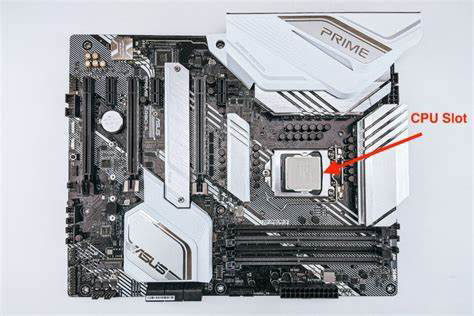How to Create and Style Buttons in HTML: A Comprehensive Guide for Beginners and Developers
Buttons are a crucial part of any website or web application, providing interactivity and improving user experience. Whether you're creating a simple form submission button or a stylish call-to-action button, HTML and CSS give you the flexibility to design and customize buttons to suit your needs.
Step 1: Basic HTML Button Structure
The first step is to create a basic button in HTML. You can use the <button> element or the <input> element, but we’ll focus on the <button> element for this tutorial. Here's the syntax:
<button type="button">Click Me</button>
This code creates a simple button with the text "Click Me." The type="button" attribute makes the button functional as a clickable element.
Step 2: Adding an Action to Your Button
To make your button interactive, you’ll want to add a function. For example, you can use JavaScript to display an alert when the button is clicked. Here’s an example of how to do that:
<button type="button" onclick="alert('Button clicked!')">Click Me</button>
In this example, the onclick attribute triggers a JavaScript function that shows an alert when the button is clicked.
Step 3: Styling Your Button with CSS
Now, let’s style the button to make it visually appealing. We'll modify the background color, font color, padding, size, and border-radius.
1. Background Color
The background color determines the button’s main color. You can change it by using the background-color property in CSS.
button {
background-color: #4CAF50; /* Green */
}
2. Text Color
To change the text color, use the color property. This is especially important for contrast with the background.
button {
color: white; /* White text */
}
3. Padding (Size of the Button)
Padding controls the space inside the button, affecting its size. You can adjust it to make the button larger or smaller.
button {
padding: 15px 32px; /* Top & Bottom, Left & Right */
}
4. Font Size
To adjust the font size of the text inside the button, use the font-size property.
button {
font-size: 16px; /* Adjust text size */
}
5. Border Radius (Rounded Corners)
To make your button look more modern and stylish, you can add rounded corners using the border-radius property.
button {
border-radius: 4px; /* Rounded corners */
}
6. Adding Hover Effects
Hover effects are a great way to make your button more interactive. You can change the background color or add other effects when the user hovers over the button.
button:hover {
background-color: white; /* White background on hover */
color: black; /* Black text on hover */
border: 1px solid #4CAF50; /* Green border on hover */
}
Step 4: Putting It All Together
Now, let’s combine everything we’ve done so far and put it all together into one example:
<!DOCTYPE html>
<html lang="en">
<head>
<meta charset="UTF-8">
<meta name="viewport" content="width=device-width, initial-scale=1.0">
<title>Styled Button Example</title>
<style>
button {
background-color: #4CAF50; /* Green background */
color: white; /* White text */
padding: 15px 32px; /* Padding for size */
font-size: 16px; /* Font size */
border: none; /* No border */
border-radius: 4px; /* Rounded corners */
cursor: pointer; /* Pointer cursor on hover */
transition-duration: 0.4s; /* Smooth transition for hover effect */
}
button:hover {
background-color: white; /* White background on hover */
color: black; /* Black text on hover */
border: 1px solid #4CAF50; /* Green border on hover */
}
</style>
</head>
<body>
<button type="button" onclick="alert('Button clicked!')">Click Me</button>
</body>
</html>
Explanation of the CSS
1. background-color: #4CAF50: This sets the background color to green.
2. color: white: This changes the text color to white for contrast.
3. padding: 15px 32px: Adds padding inside the button to make it larger.
4. font-size: 16px: Sets the font size to ensure the text is readable.
5. border: none: Removes any default border around the button.
6. border-radius: 4px: Adds rounded corners to the button for a modern look.
7. cursor: pointer: Changes the cursor to a pointer when hovering over the button.
8. transition-duration: 0.4s: Makes the hover effect transition smooth.
9. button:hover: Changes the button’s appearance when hovered (background, text, and border).
Step 5: Advanced Button Styles (Optional)
You can further customize your button with advanced CSS properties:
Shadow Effects: Add depth to your button by giving it a shadow effect.
button {
box-shadow: 0px 4px 8px rgba(0, 0, 0, 0.2); /* Shadow effect */
}
Gradient Background: Create a gradient effect on the button’s background.
button {
background: linear-gradient(to right, #4CAF50, #45a049); /* Green gradient */
}



Comments
Post a Comment